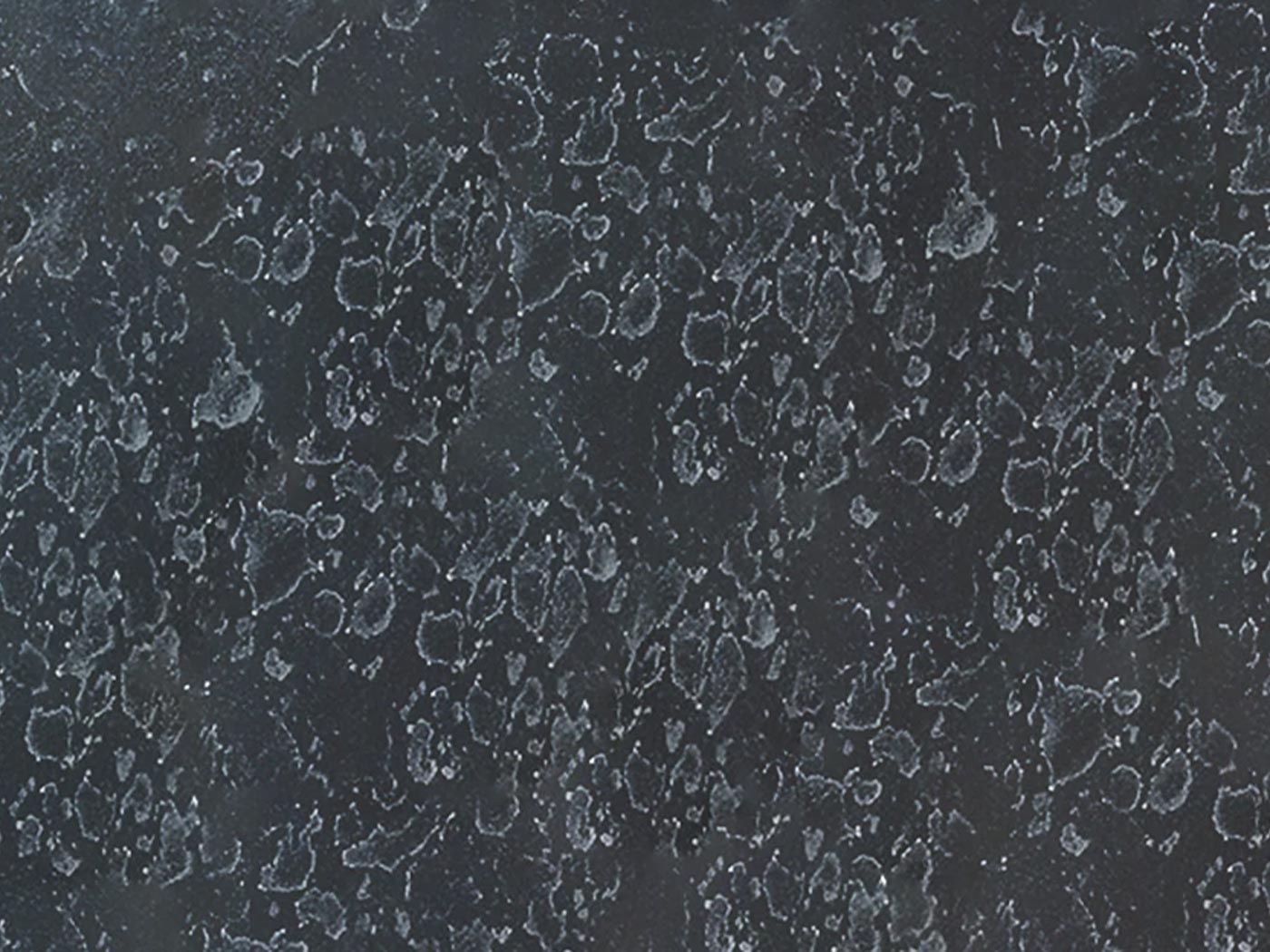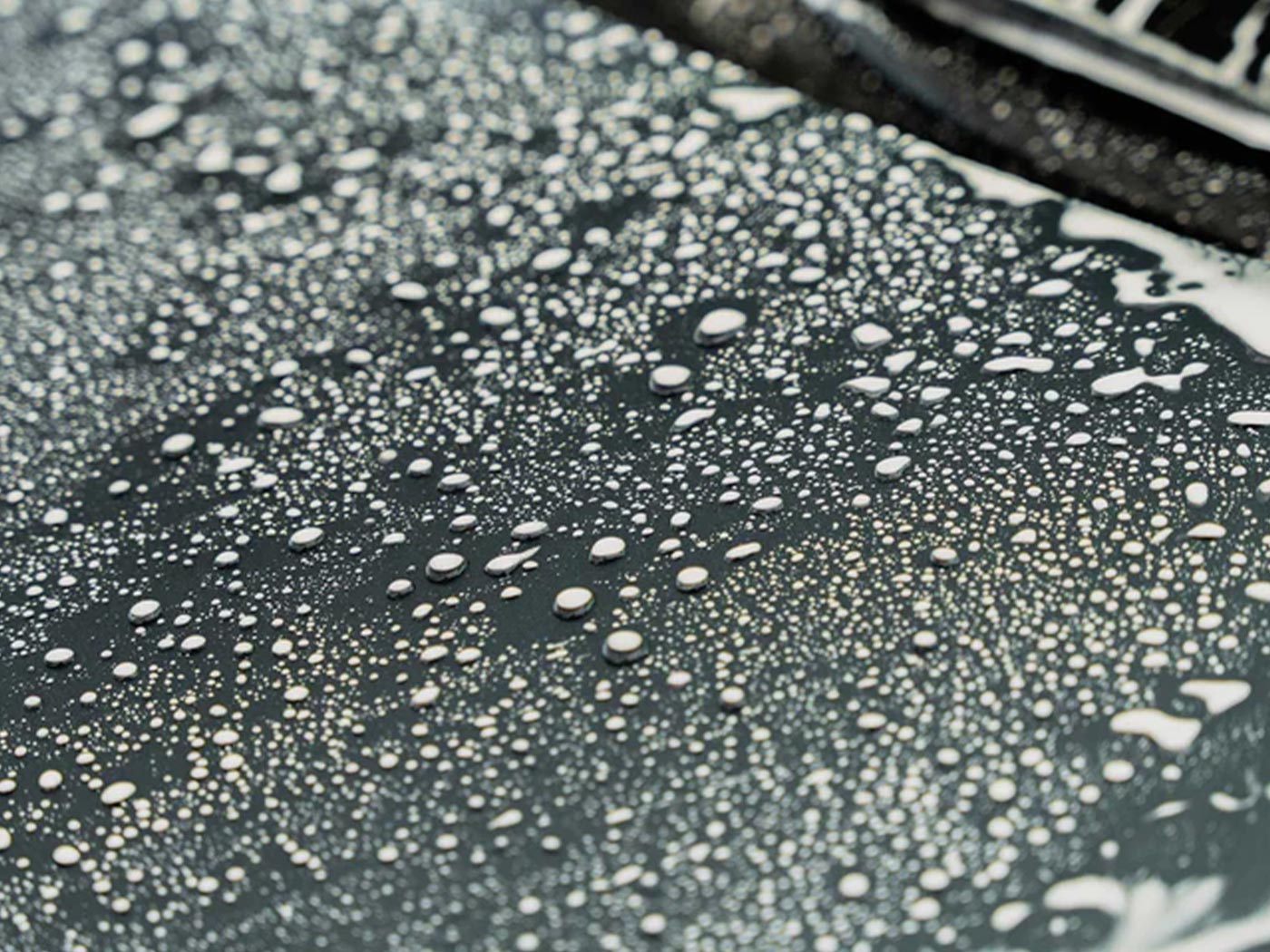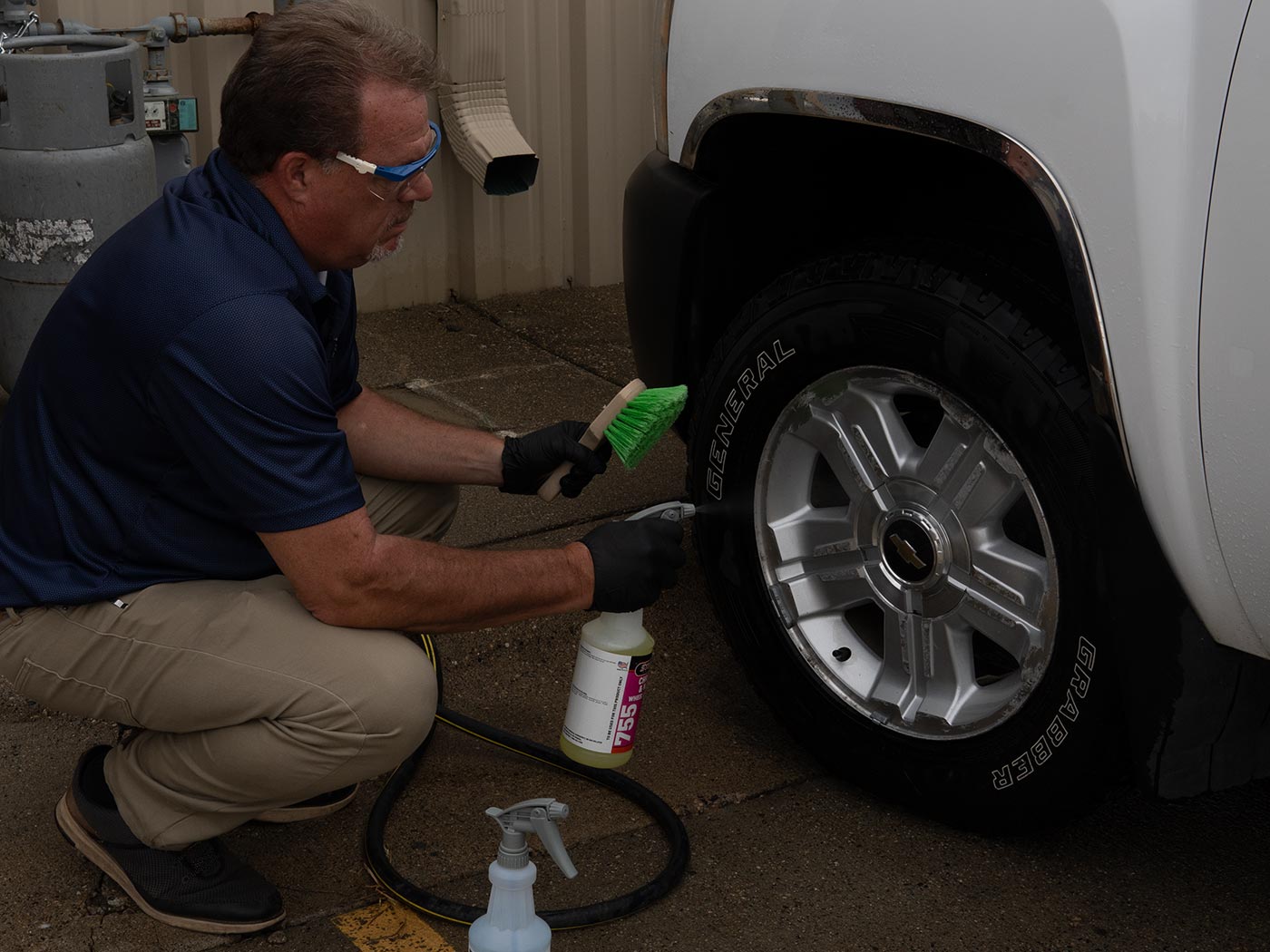Water spots, those frustrating marks that etch the clear coat and windows of your vehicles, these spots are the bane of any detailer's existence. These unsightly spots can be caused by various factors and can be a challenge to remove if not addressed promptly and correctly. This guide will aim to bring about further understanding of water spots and how to properly remove them.
What are Water Spots?
Water spots are typically mineral deposits left behind when water evaporates on a surface. The minerals, such as calcium and magnesium, become visible as the water dries, resulting in cloudy or spotty marks on glass, paint, chrome, and other surfaces. The sun's heat can chemically etch these minerals onto the surface, making them even more difficult to remove.
Causes of Water Spots
-
Hard Water: Water with high mineral content, known as hard water, is a major contributor to water spots. As the water evaporates, it leaves behind mineral deposits on surfaces.
-
Environmental Factors: Acid Rain, sprinkler systems, or even water used for washing can contain minerals that contribute to water spot formation. This is why detailers opt for deionizer or reverse osmosis filters.
-
Improper Drying: Allowing water to air dry on surfaces, especially under the sun, can lead to water spots.
How to Prevent Water Spots
-
Regular Cleaning: Regularly clean your surfaces to prevent mineral buildup. This is particularly important for vehicles and windows exposed to environmental elements.
-
Quick Drying: After washing, promptly dry the surface using a clean microfiber towel or a chamois to prevent water from evaporating and leaving deposits.
-
Filtered Water: Consider using filtered or deionized water for washing. These sources of water have fewer minerals, reducing the likelihood of water spot formation.
-
Wax or Sealant: Apply a wax or sealant to create a protective barrier on your vehicle's paint, which can help prevent water spots from forming. Wax infused soaps are great for prevention of water spots!
Removal Techniques:
There are plenty of different removal techniques on the market. From clay bar removal to polishing removal each of these techniques can be applied in certain scenarios, but there is no guarantee they will remove the problem, and this is where some people fall short.
The only sure-fire way to remove water spots is with a chemical specific to water spot removal. In order to remove chemical etching into clear coat you need a chemical designed to breakdown the embedded contaminant. Water spot removers dissolve the mineral deposits at the source, allowing them to be scrubbed off or wiped away. We carry two water spot removers here that are great at resolving these issues;
3D Water Spot Remover
Stinger Chemical Water Spot Remover [BULK]
Water spots are a common nuisance that can affect the appearance of your vehicles and windows. However, with a simple understanding of their causes, prevention methods, and removal techniques, you can take proactive steps to maintain your vehicles surface condition. Regular cleaning, prompt drying, and the use of protective measures will help you avoid the frustration of dealing with stubborn water spots and ensure that your surfaces remain spotless and visually appealing.





